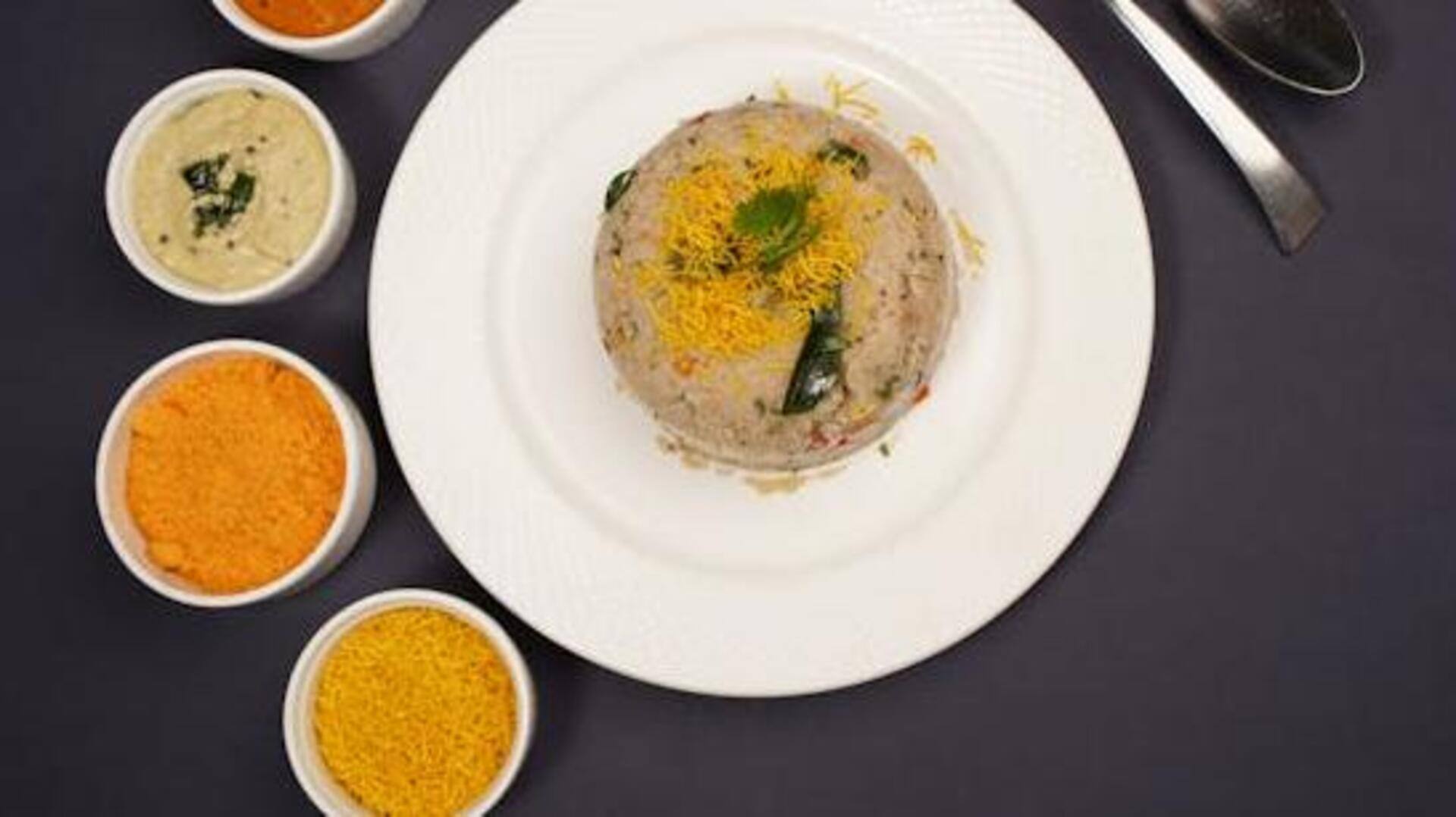
Upma's journey from breakfast to global fame
What's the story
Traditional South Indian dish upma has come a long way over the years. Once a staple breakfast item, it has now earned worldwide recognition for its simplicity and versatility. Made from semolina and seasoned with spices, upma is now a favorite in various culinary circles globally. Here's how upma went from being a regional favorite to a globally acclaimed dish.
Traditional roots
Origins of upma in South India
Upma started in South India as a quick, nutritious breakfast option. Traditionally, it was made using semolina or rice flour, cooked with water and spices like mustard seeds, curry leaves and green chilies. The dish was loved for its quick preparation time, and the fact that it could be customized with locally available vegetables. Its popularity spread across India for its adaptability to varied tastes and diets.
Health benefits
Upma's nutritional appeal
The nutritional profile of upma adds to its global appeal. Being rich in carbohydrates and low in fat, it gives a much-needed energy boost while being easy on the stomach. The addition of vegetables increases the vitamin content of it, making it a balanced meal option. With more people opting for healthy eating habits across the globe, upma's nutritional benefits have made it an appealing choice for health-conscious people.
Culinary innovations
Global adaptations of upma
As upma gained popularity beyond Indian borders, chefs started experimenting with the dish's ingredients to suit local palates. In some regions, quinoa or couscous replaces semolina to prepare a gluten-free version. Others add unique spices/herbs native to their cuisine, while retaining the essence of traditional upma preparation methods. These adaptations have allowed upma to fit seamlessly into diverse culinary traditions around the world.
Contemporary influence
Upma in modern gastronomy
In recent years, upma has made its way into modern gastronomy, with chefs including them in fusion dishes at high-end restaurants across the world. Its adaptability makes it an ideal appetizer or main course with other accompaniments such as chutneys or salads. This modern take on traditional recipes reflects how age-old dishes can progress while keeping their cultural roots alive in an ever-evolving global food landscape.